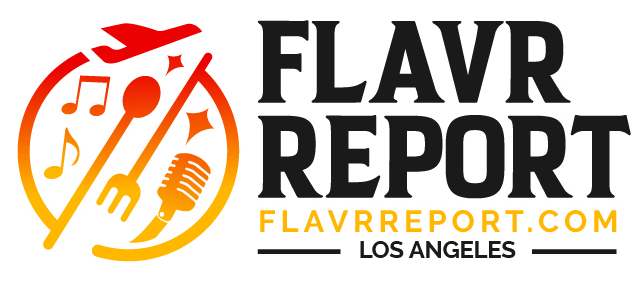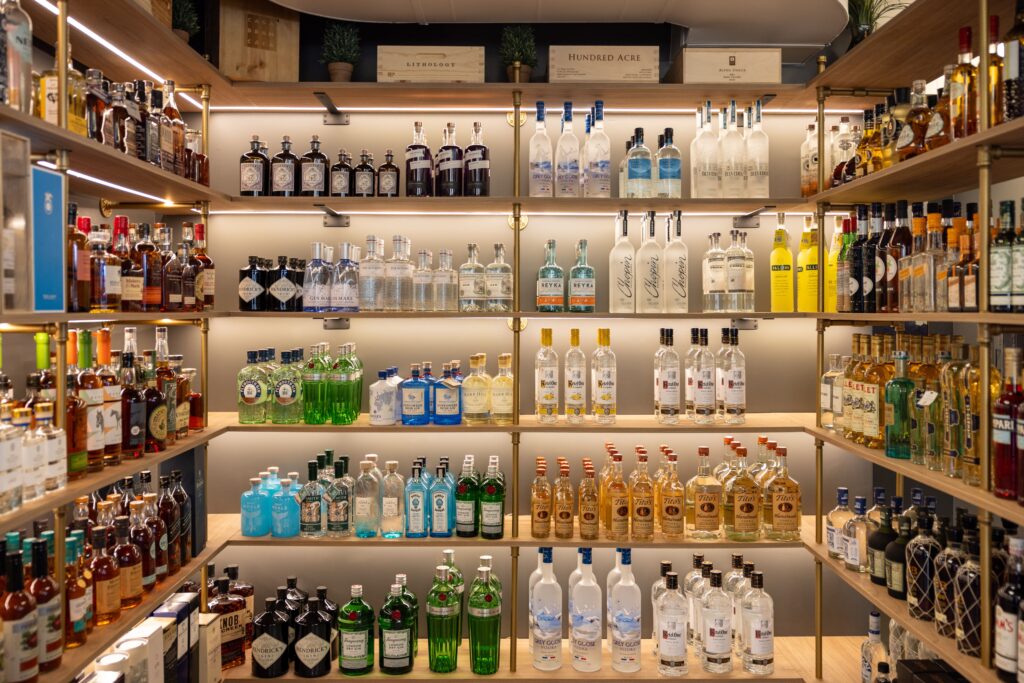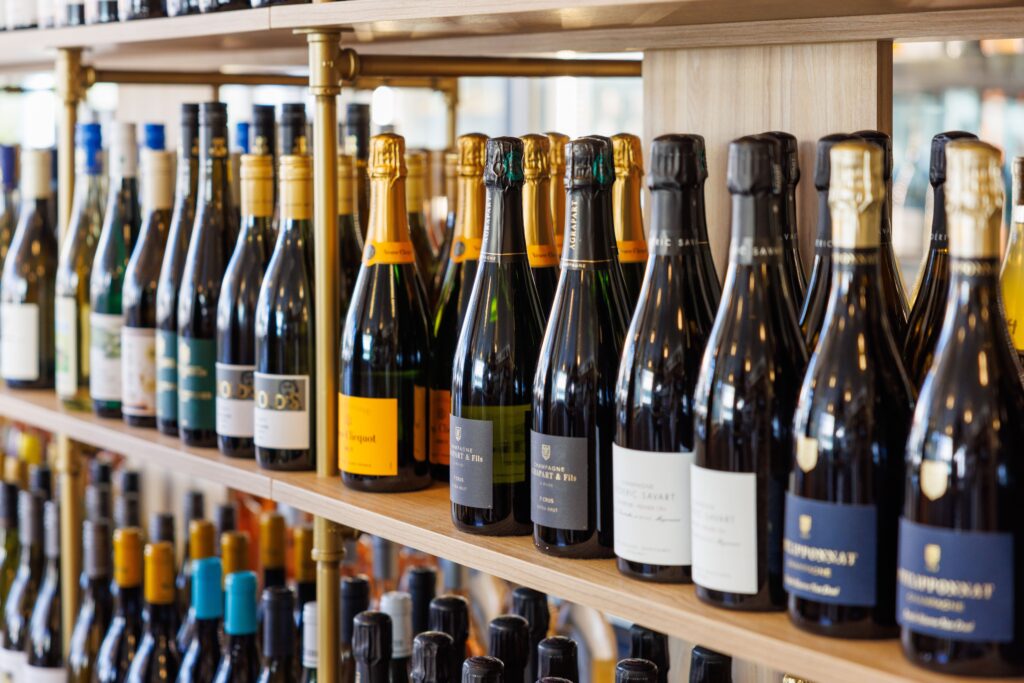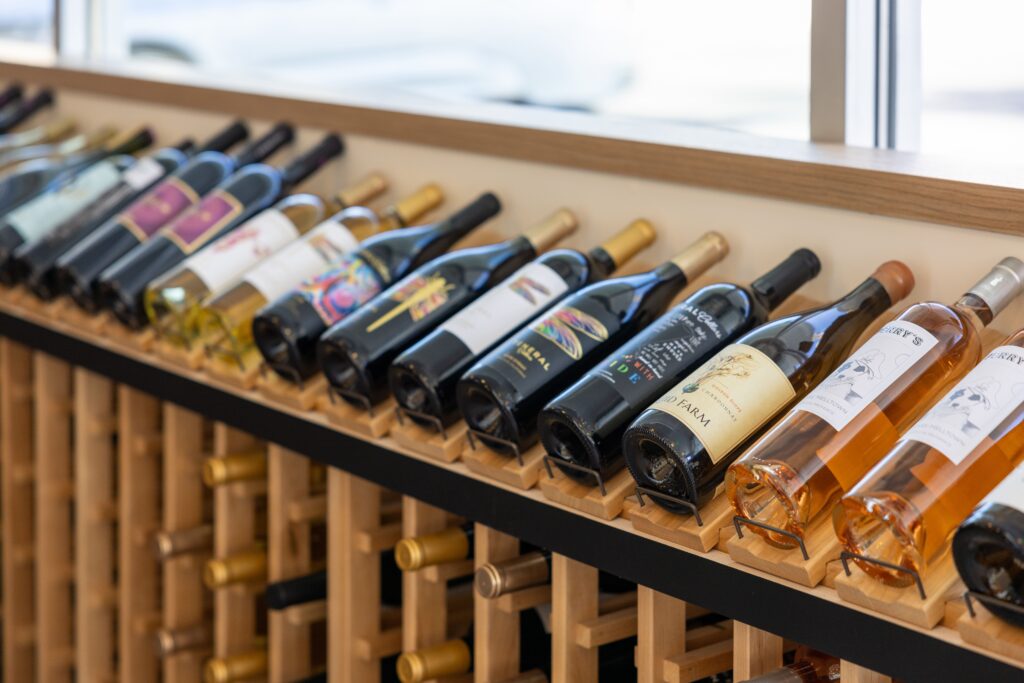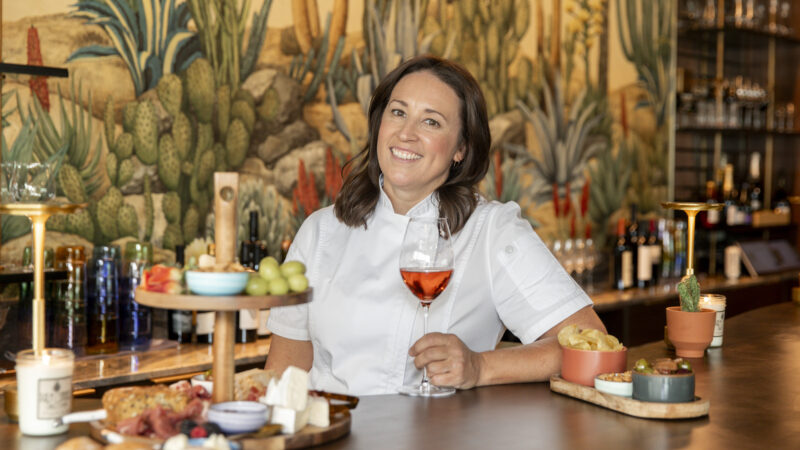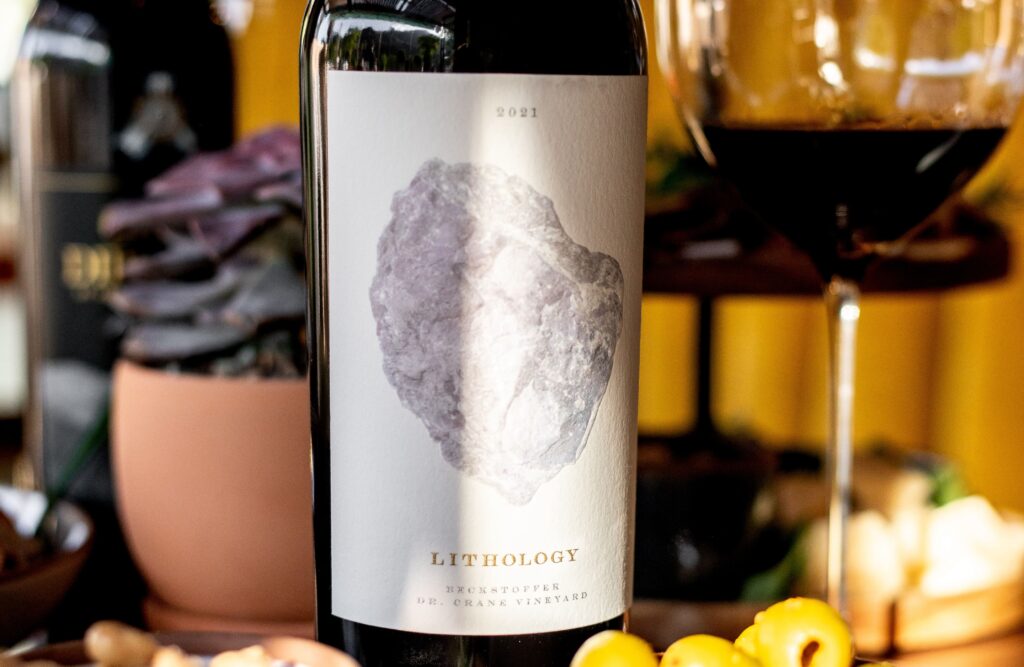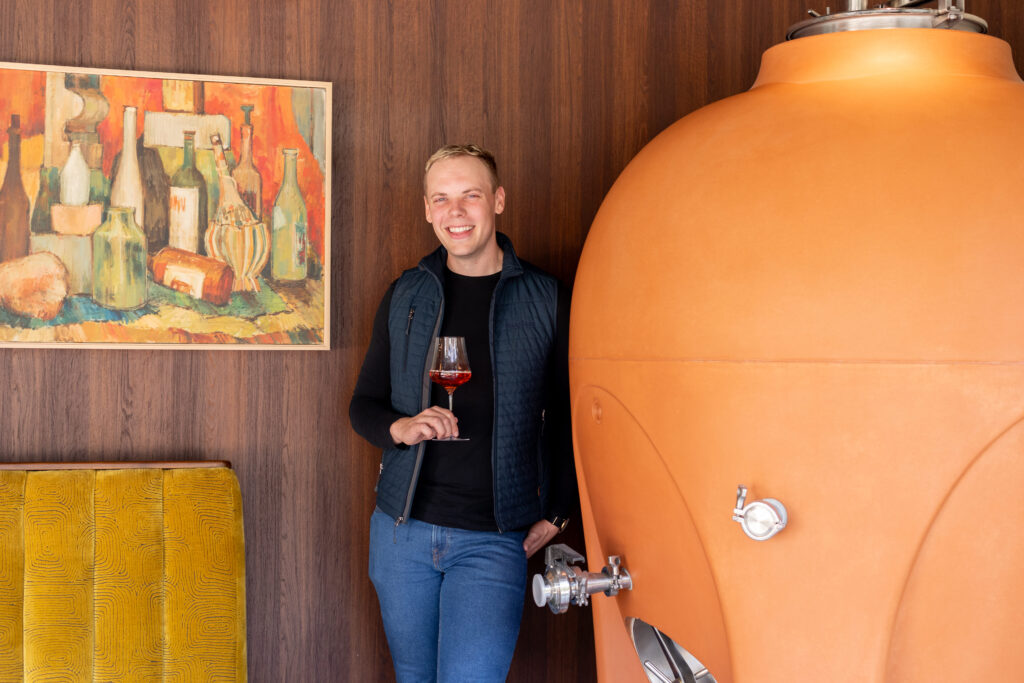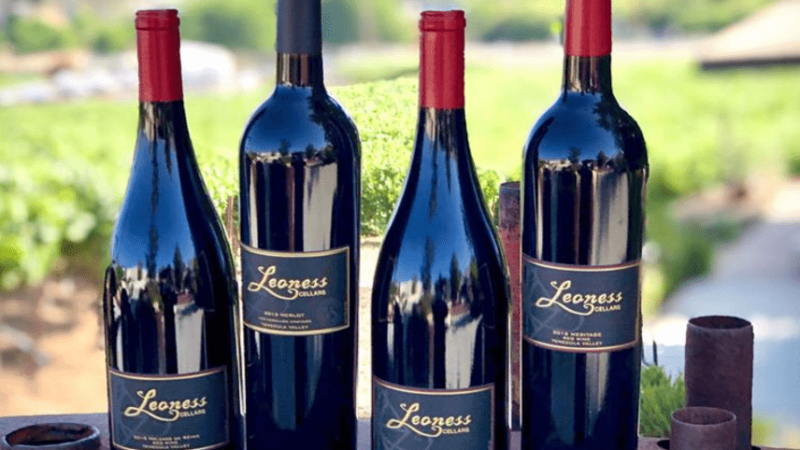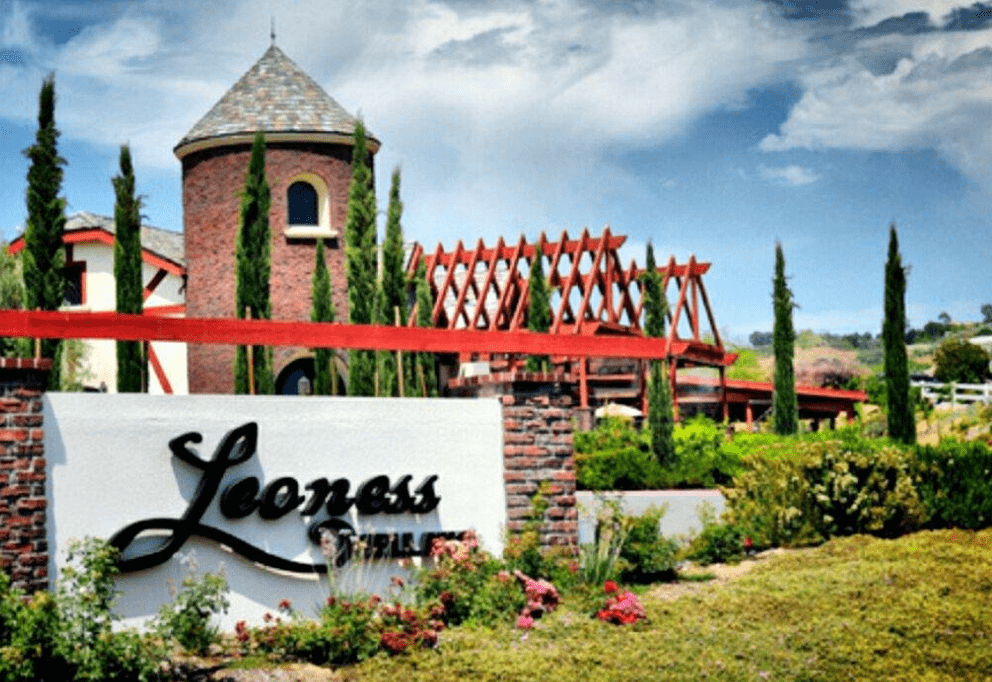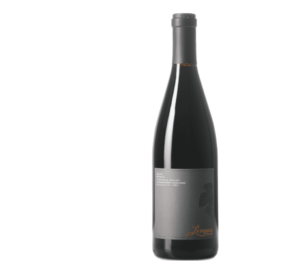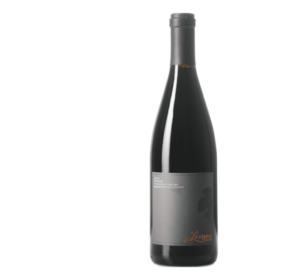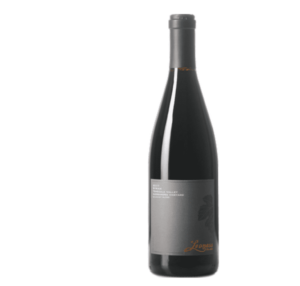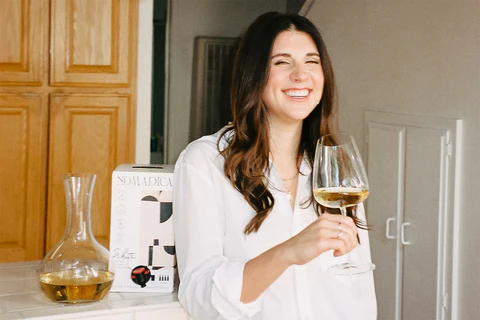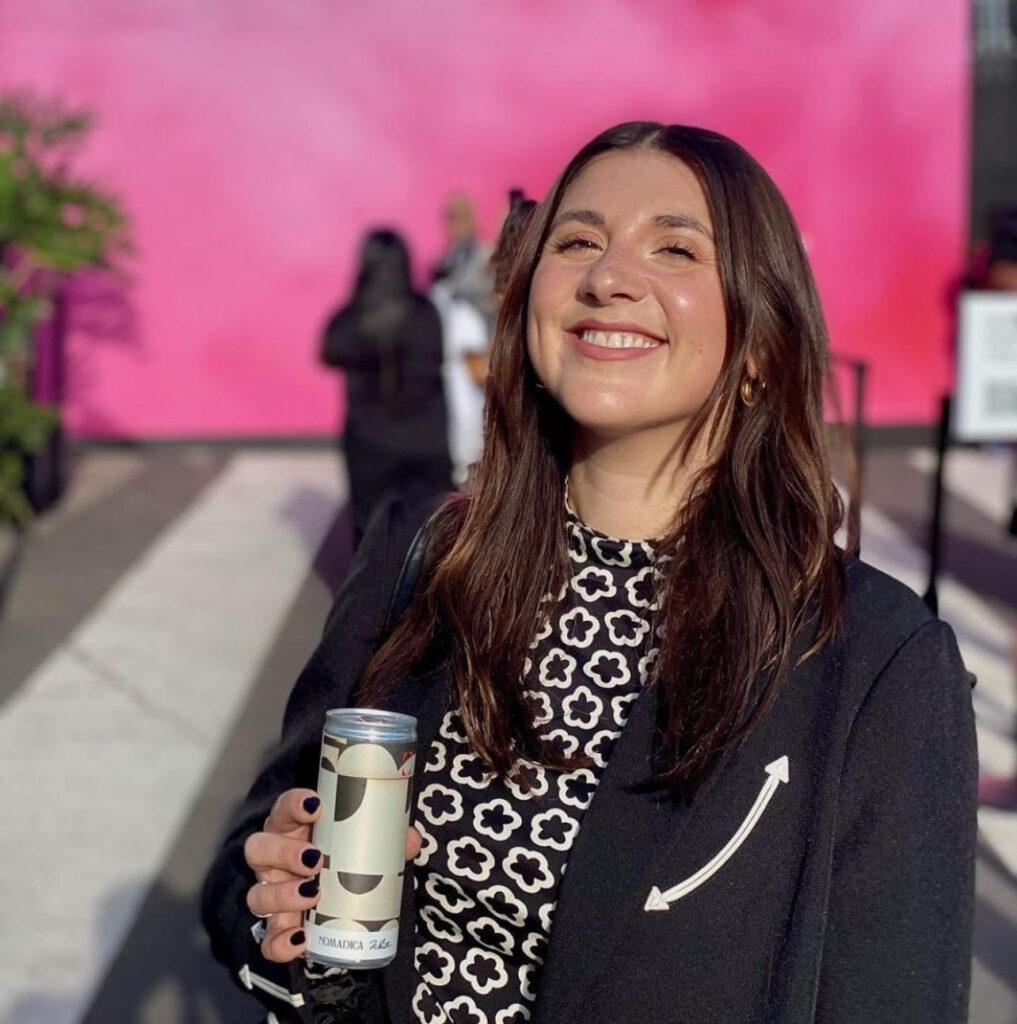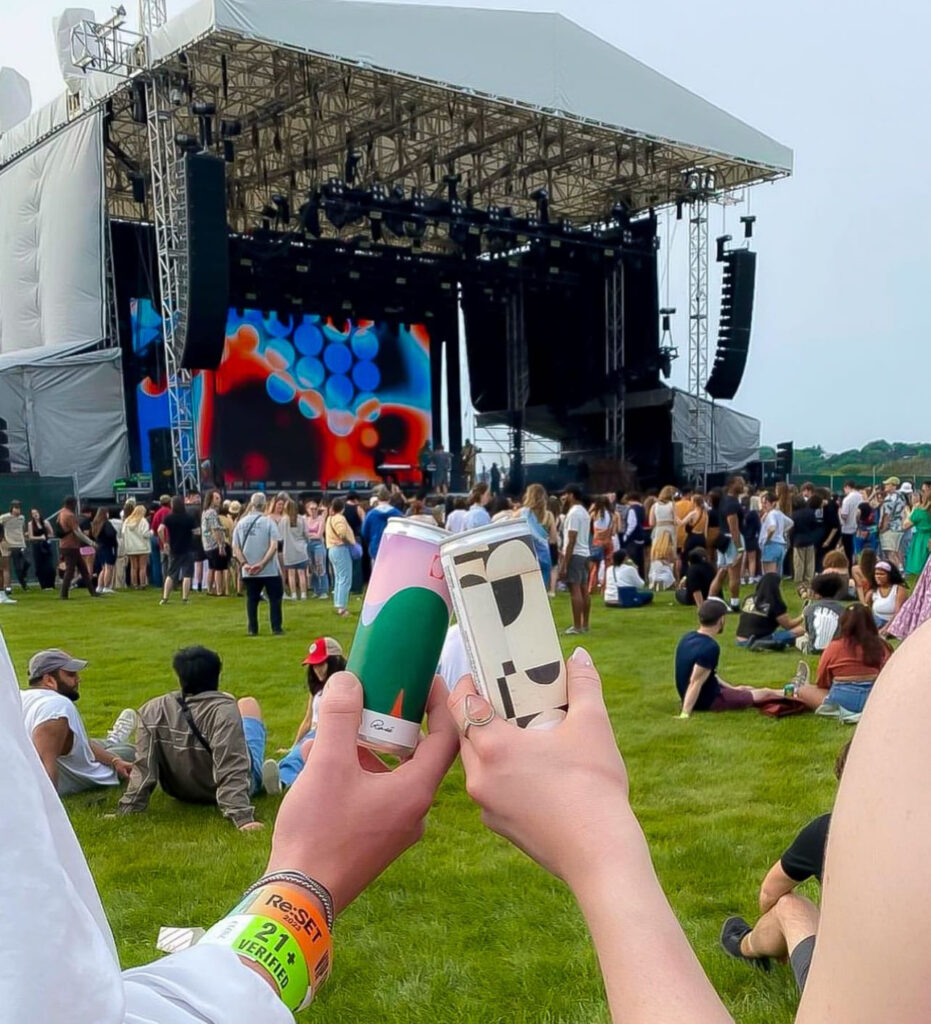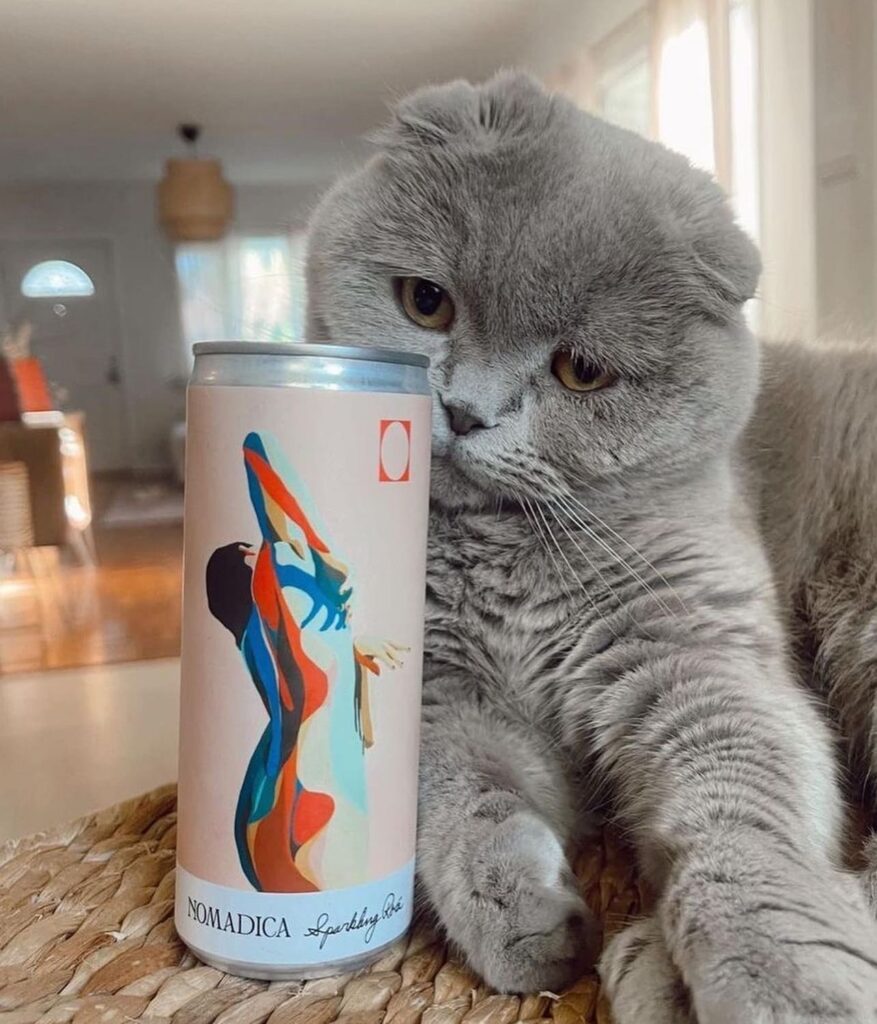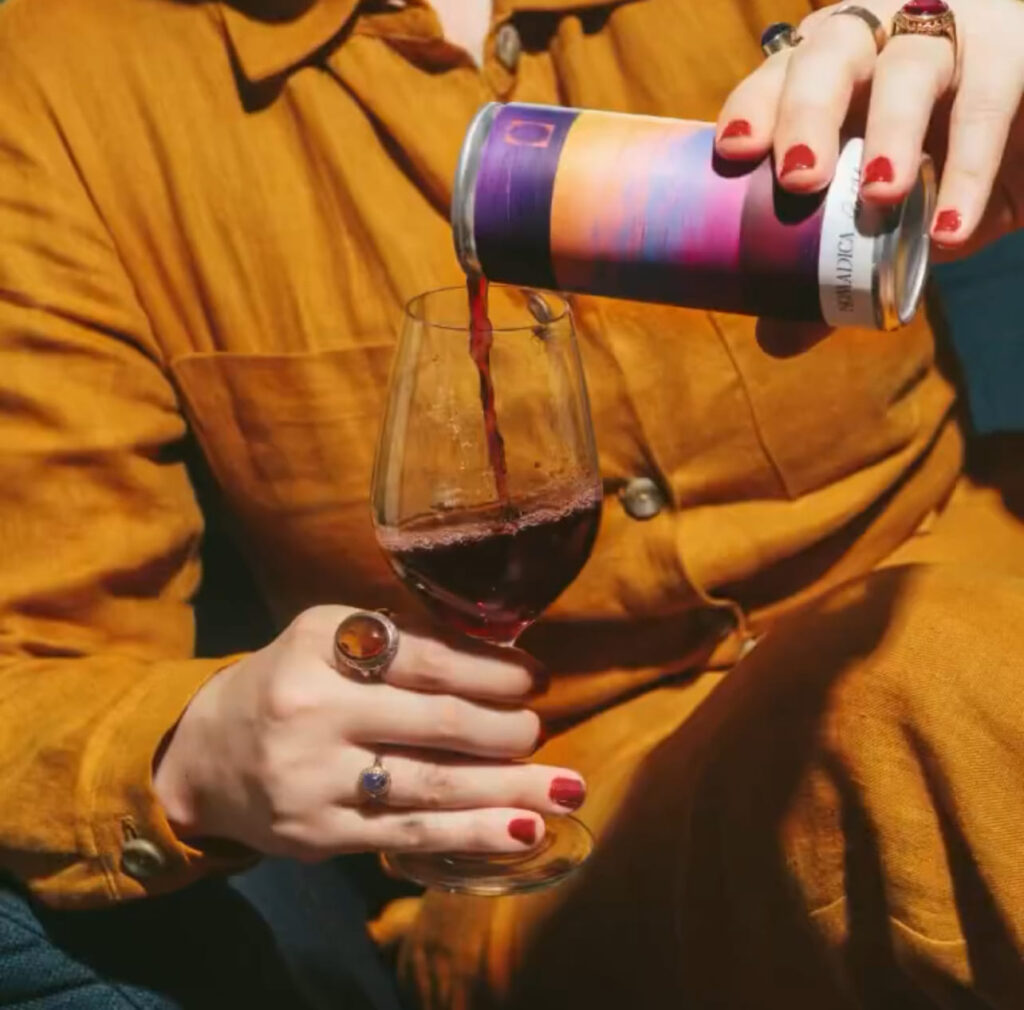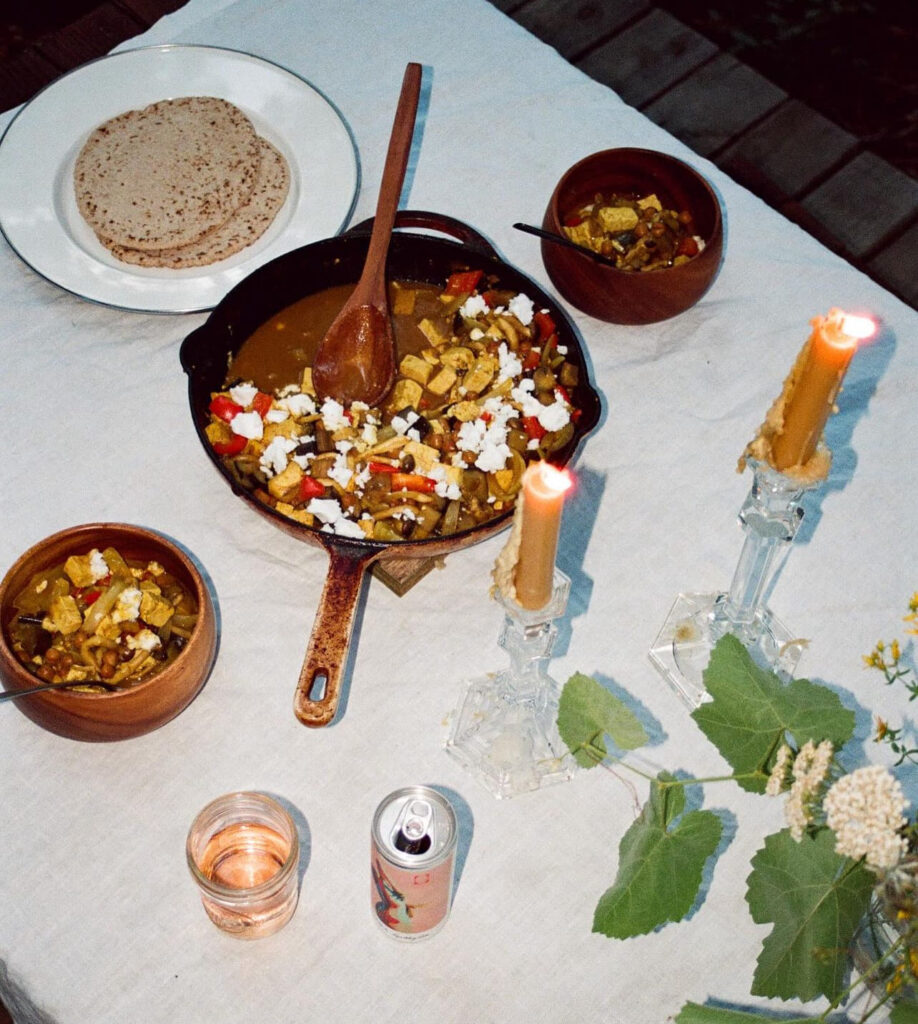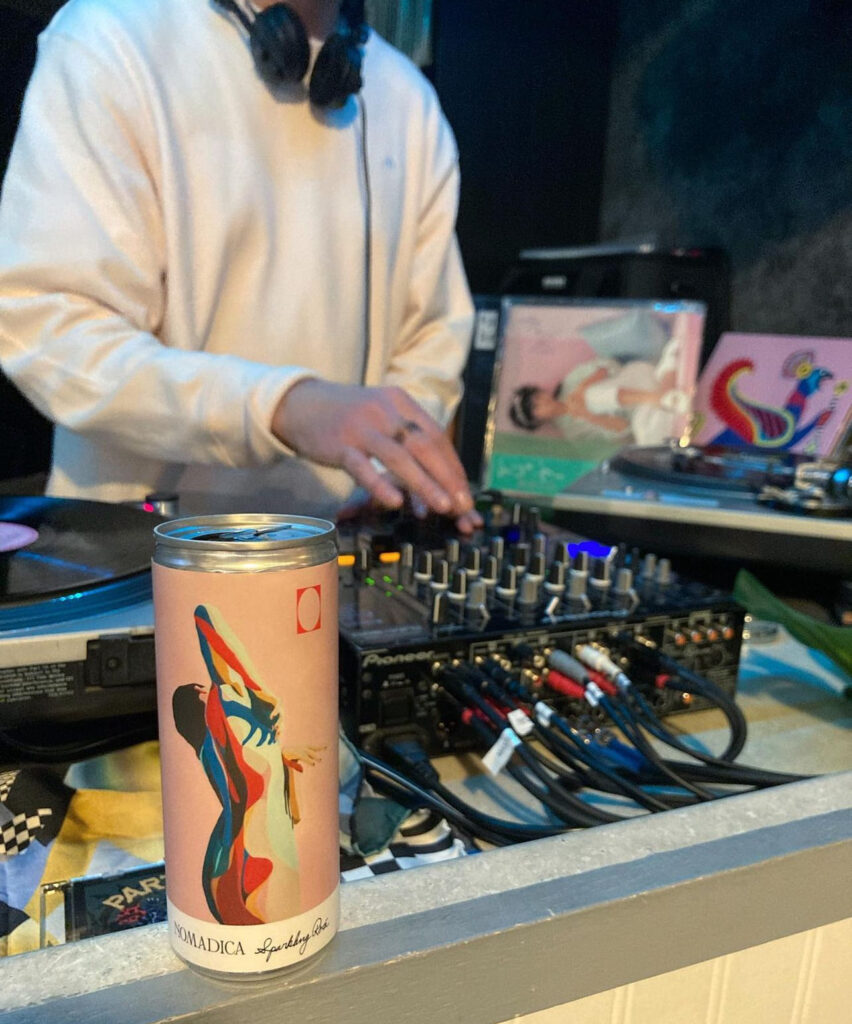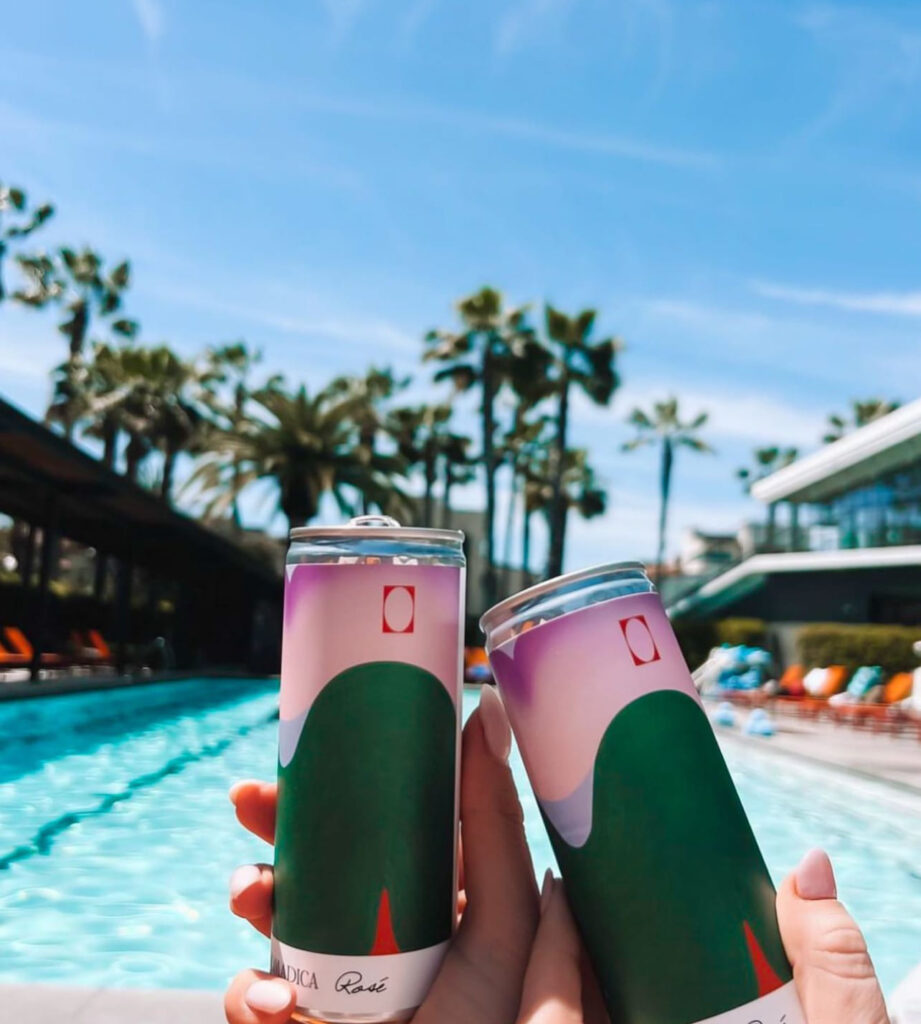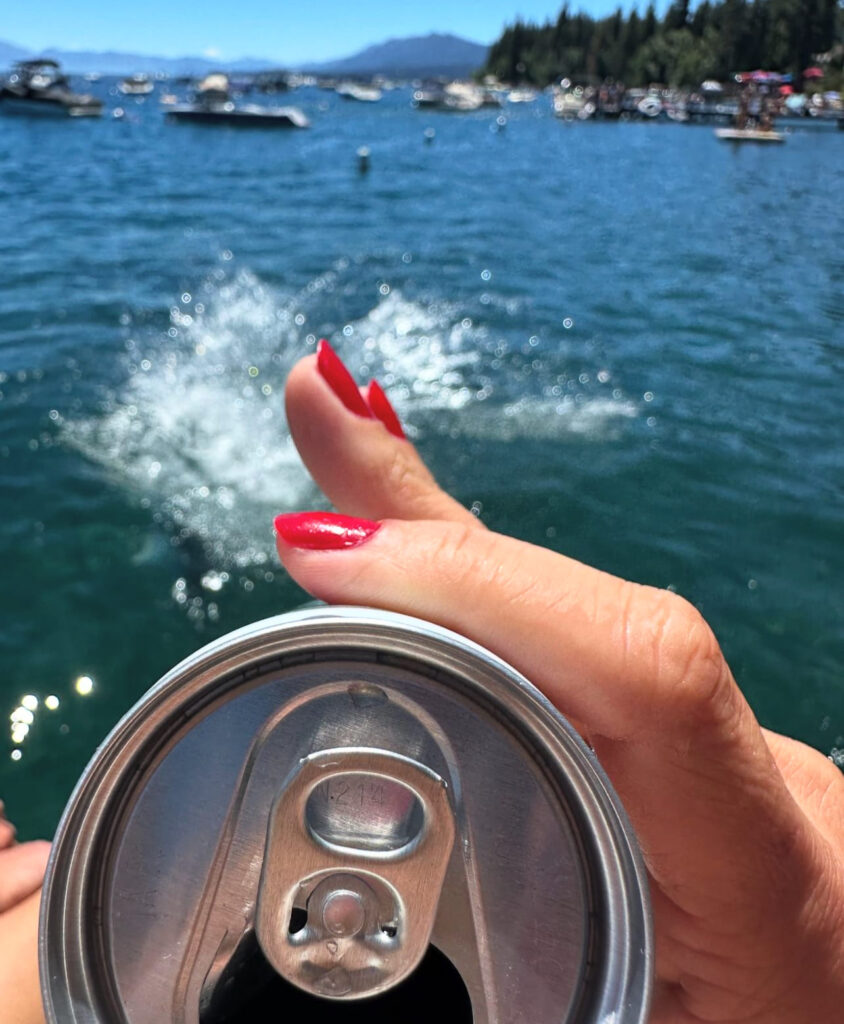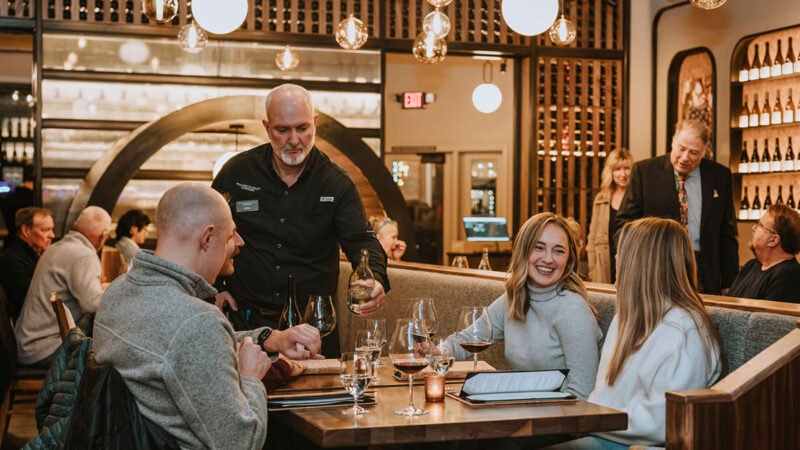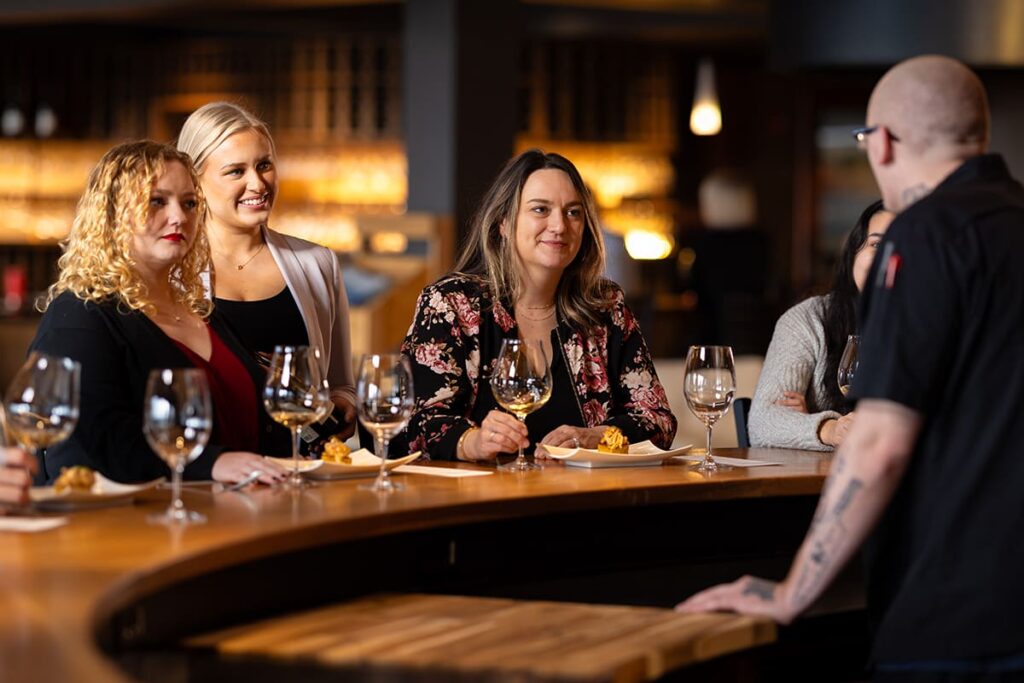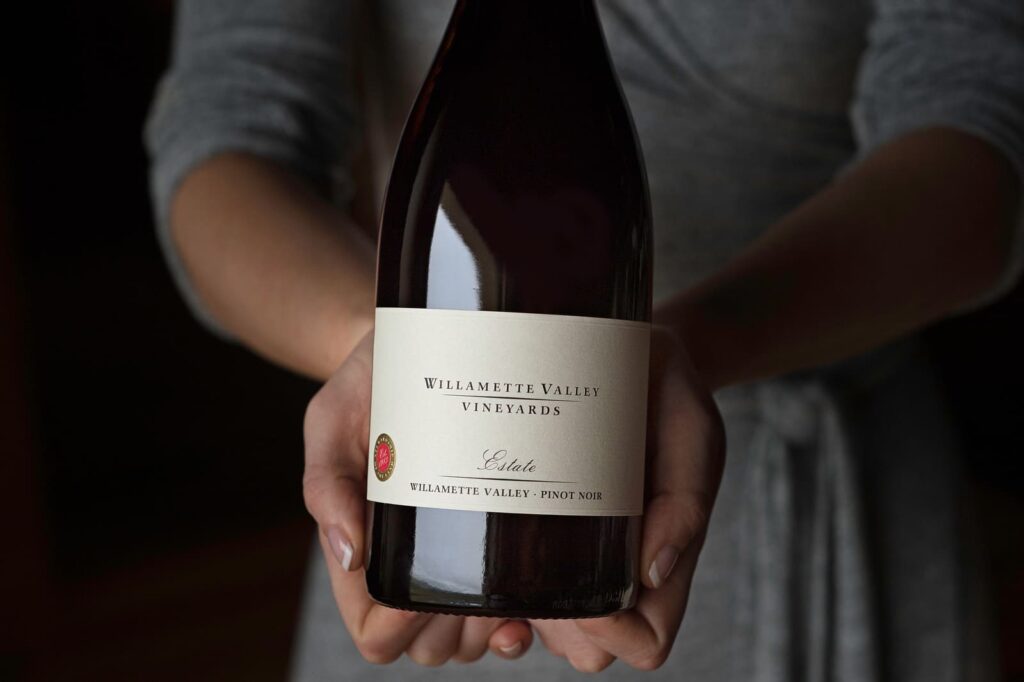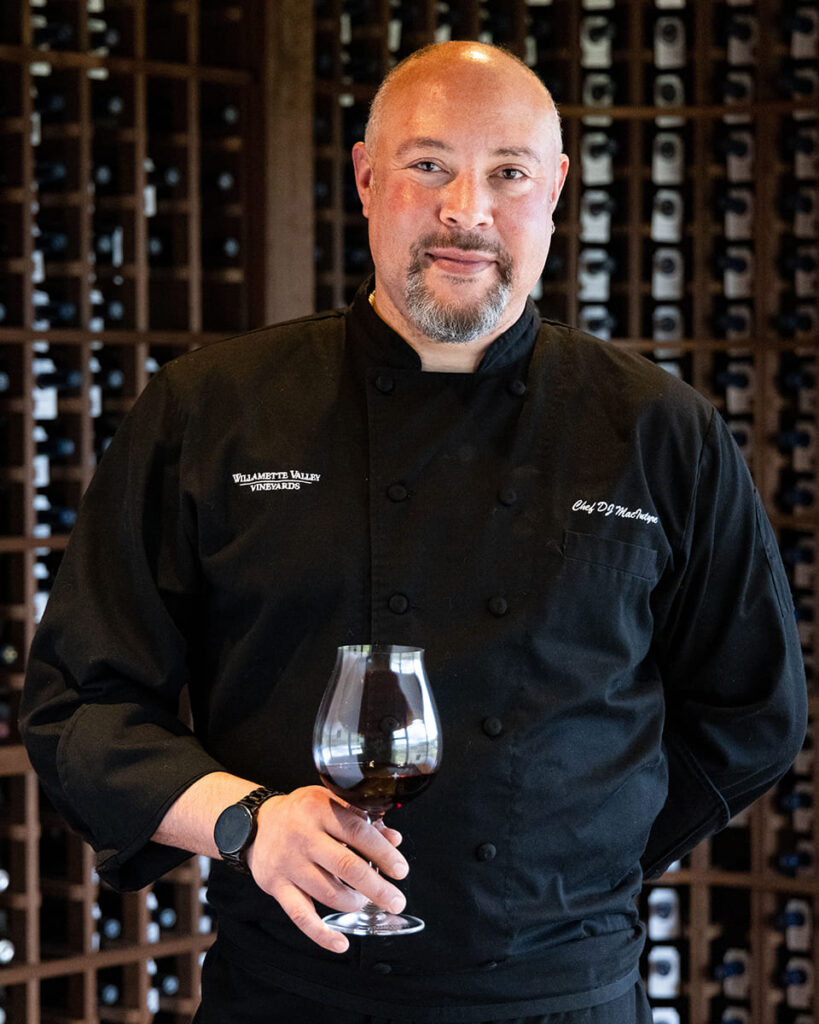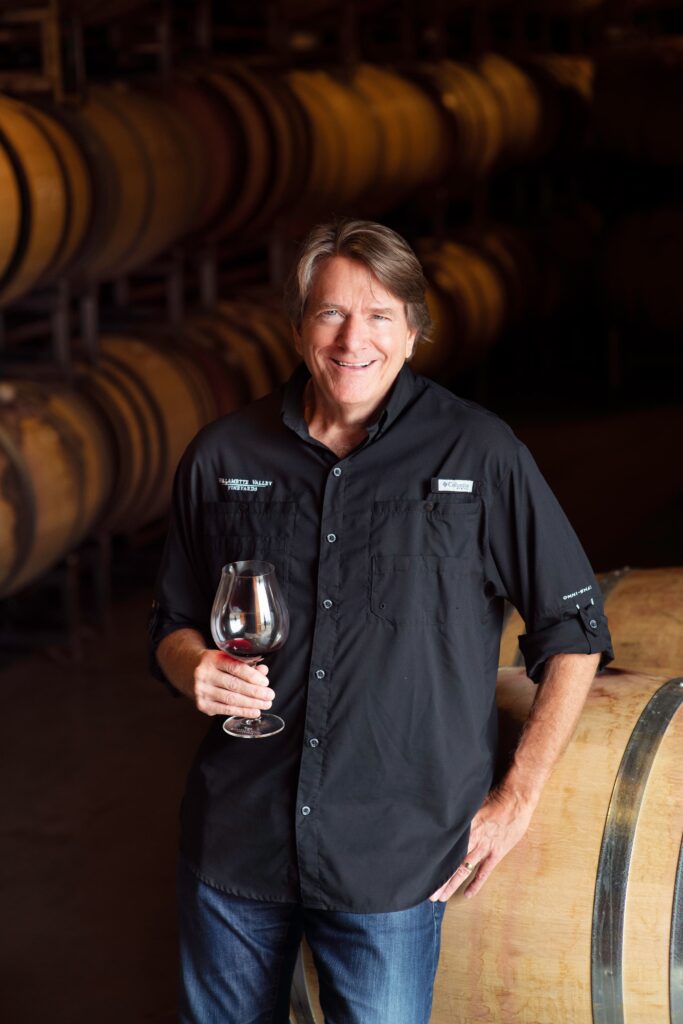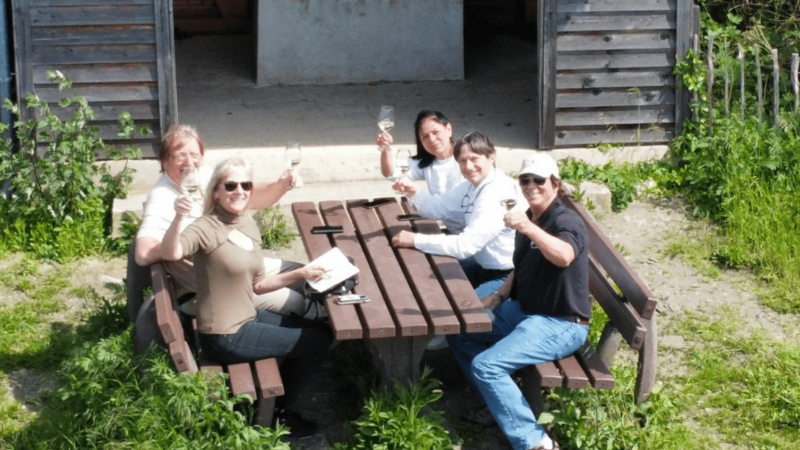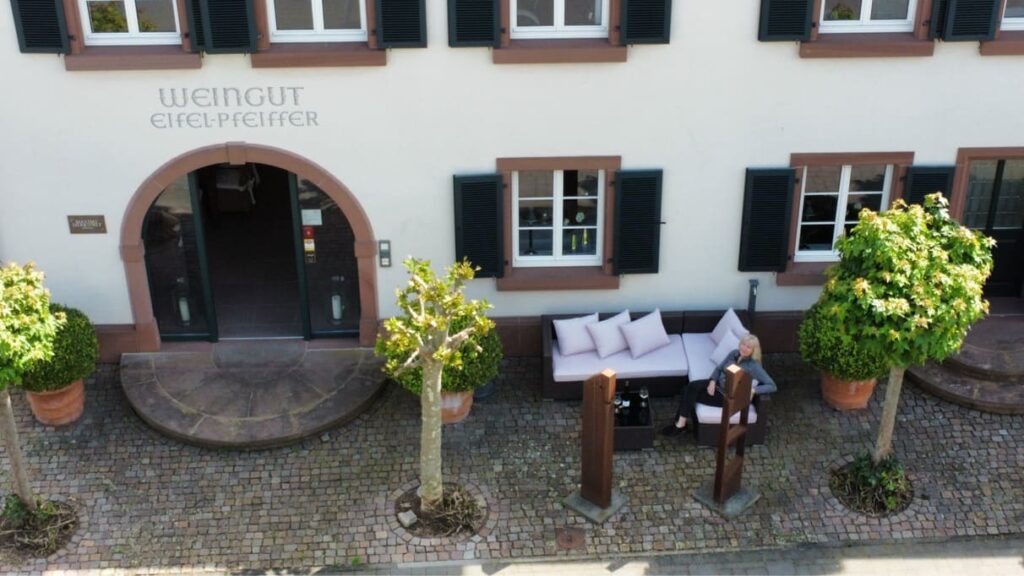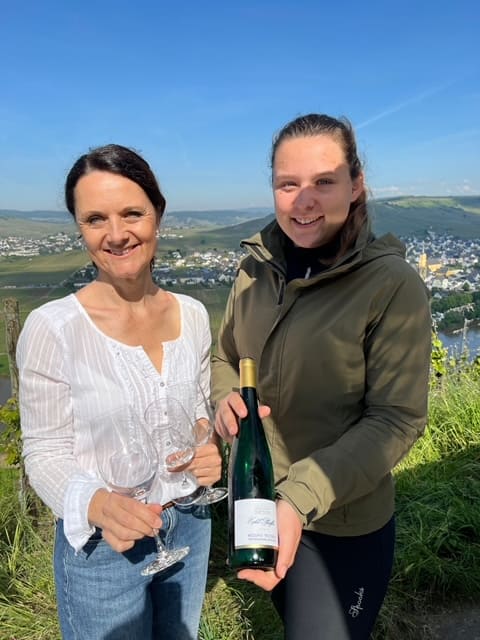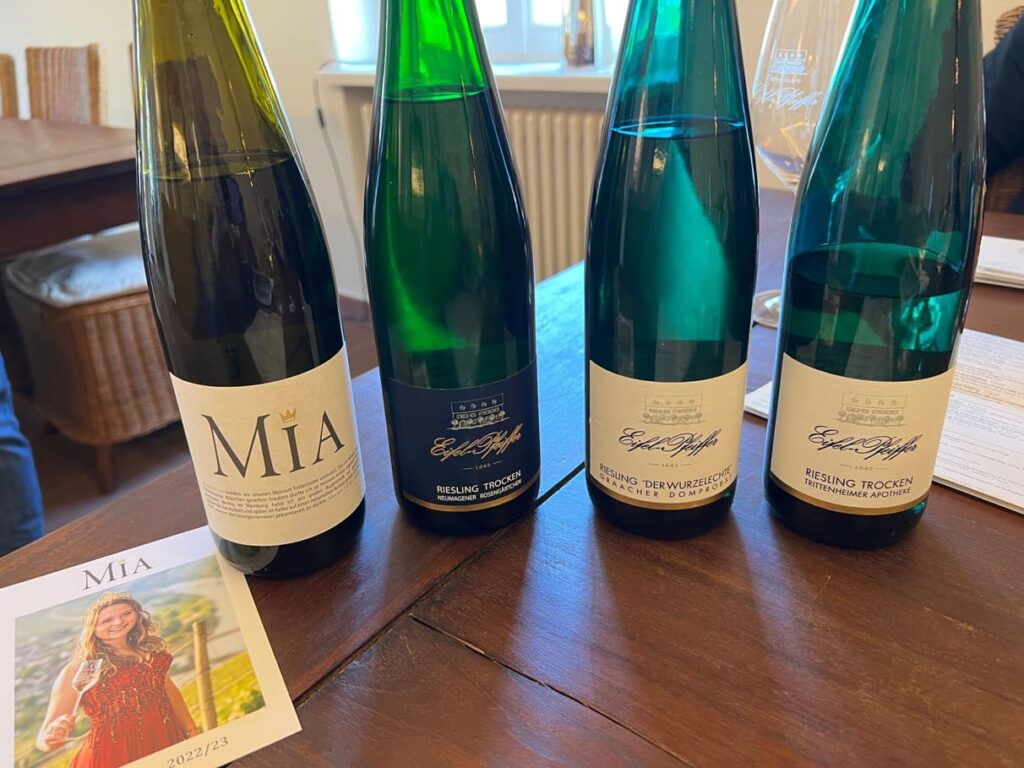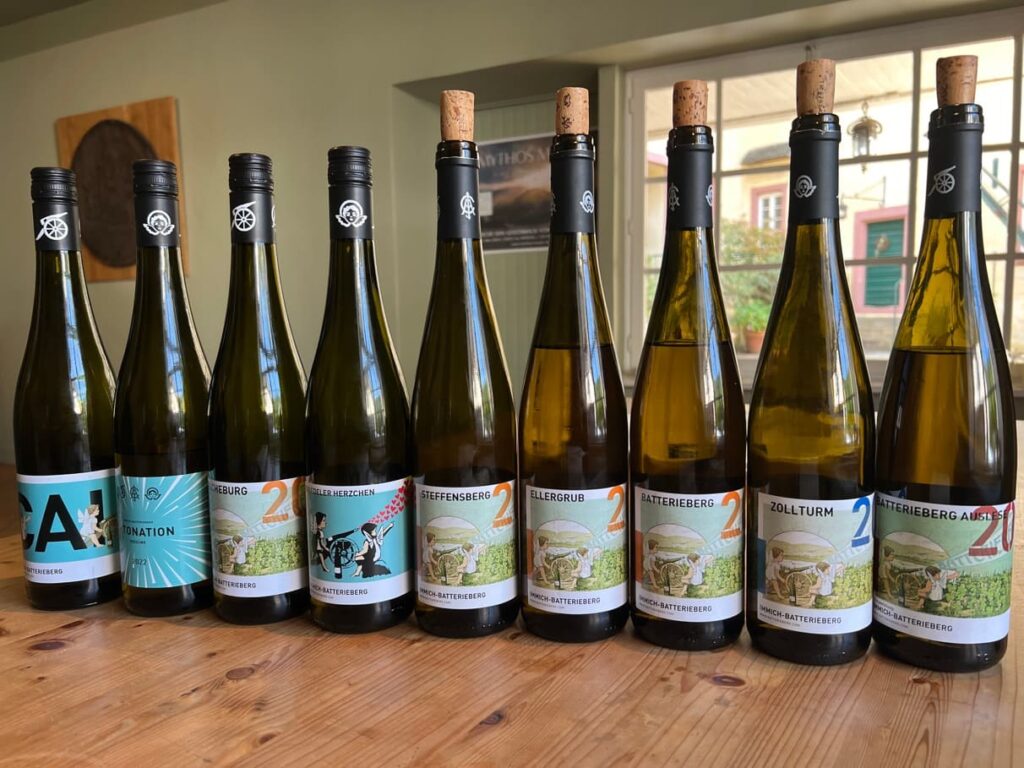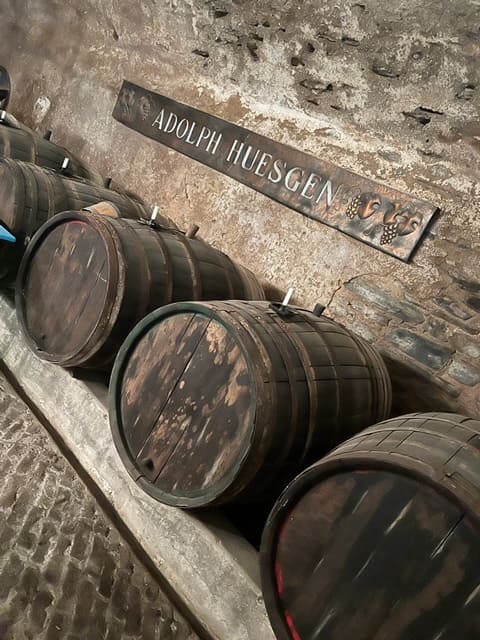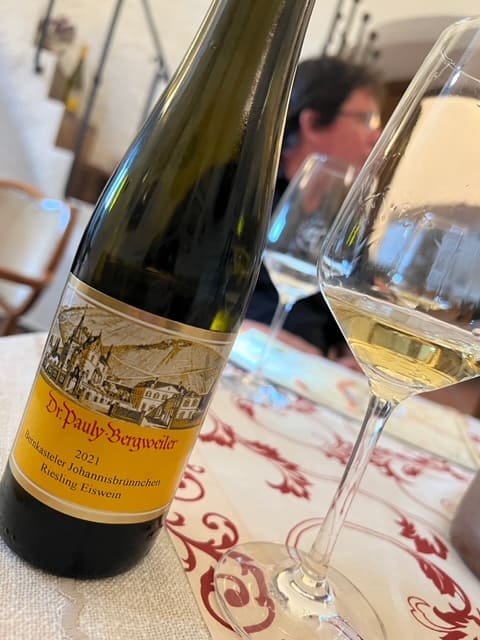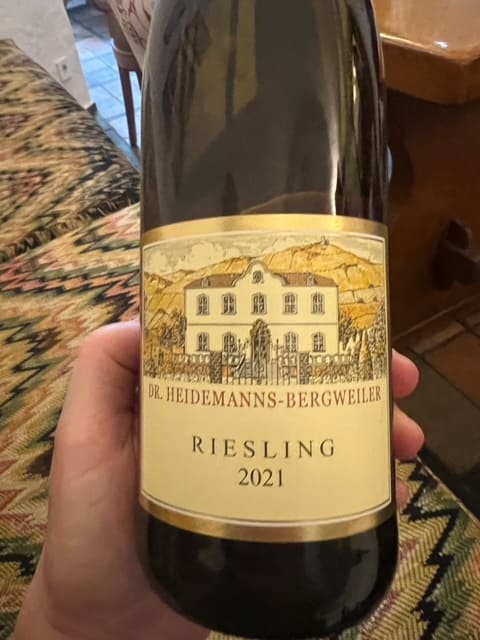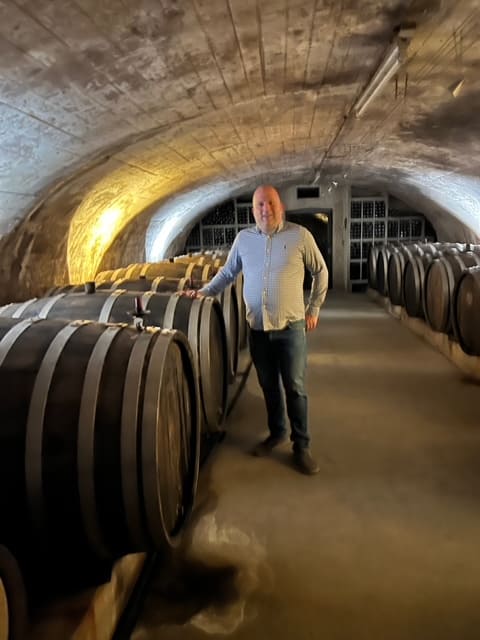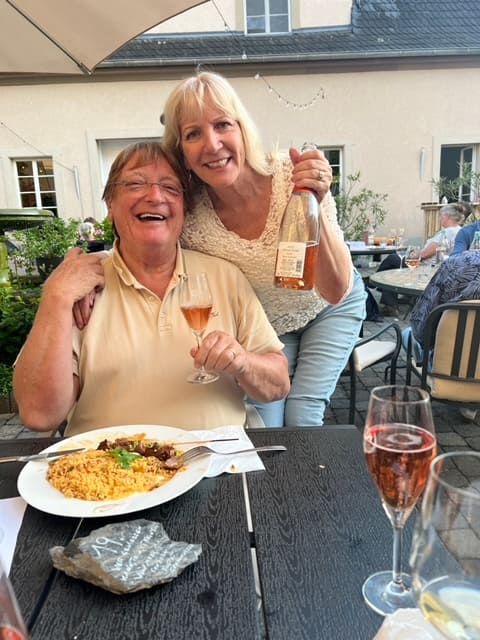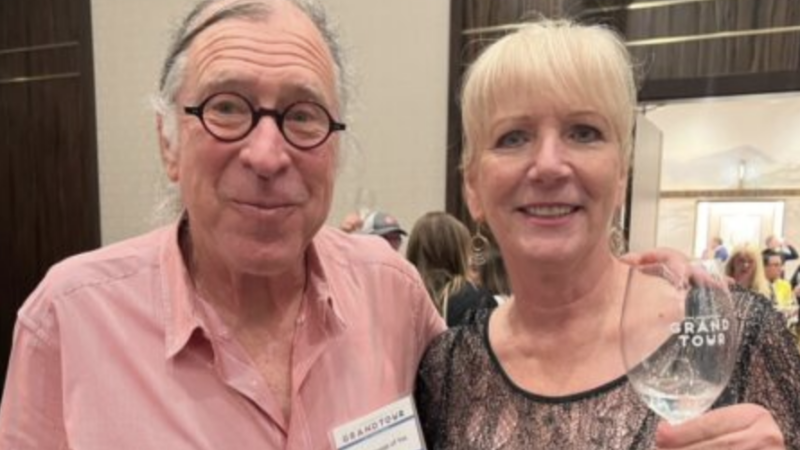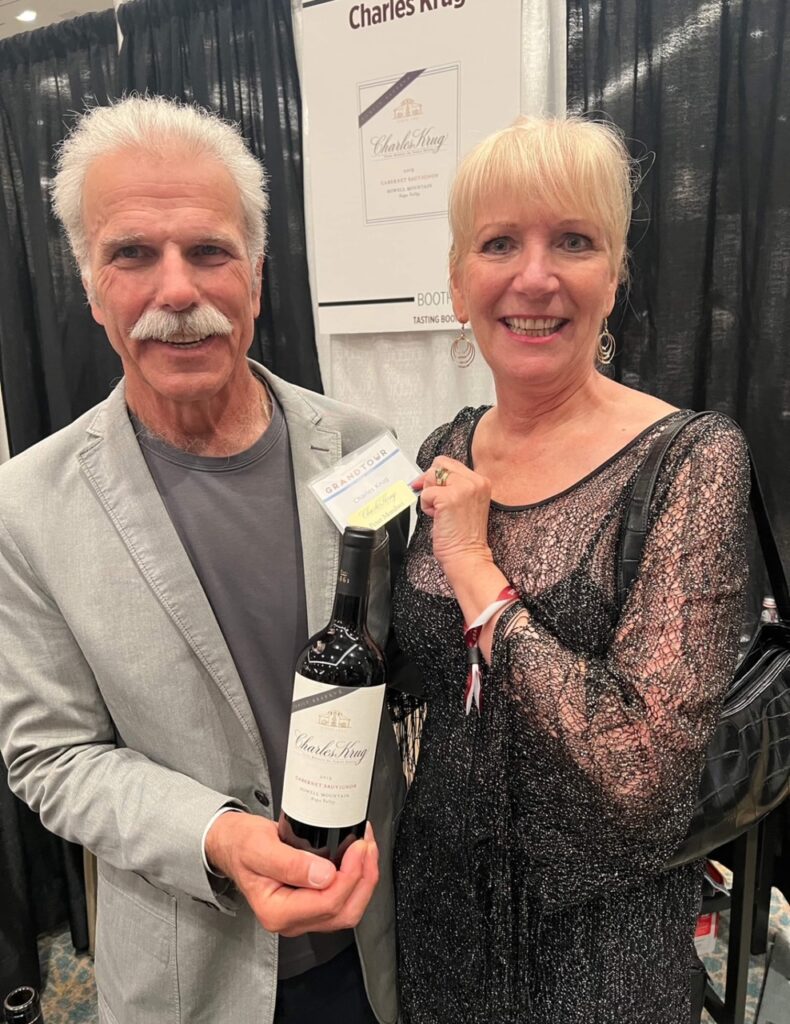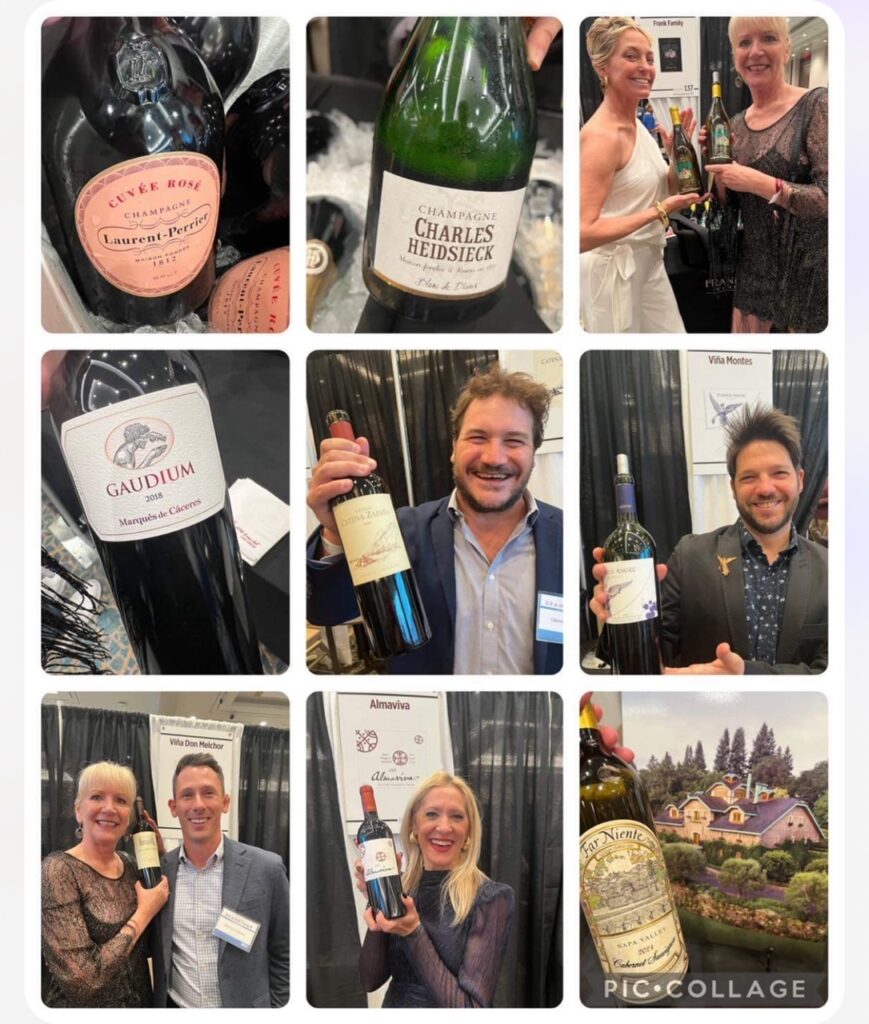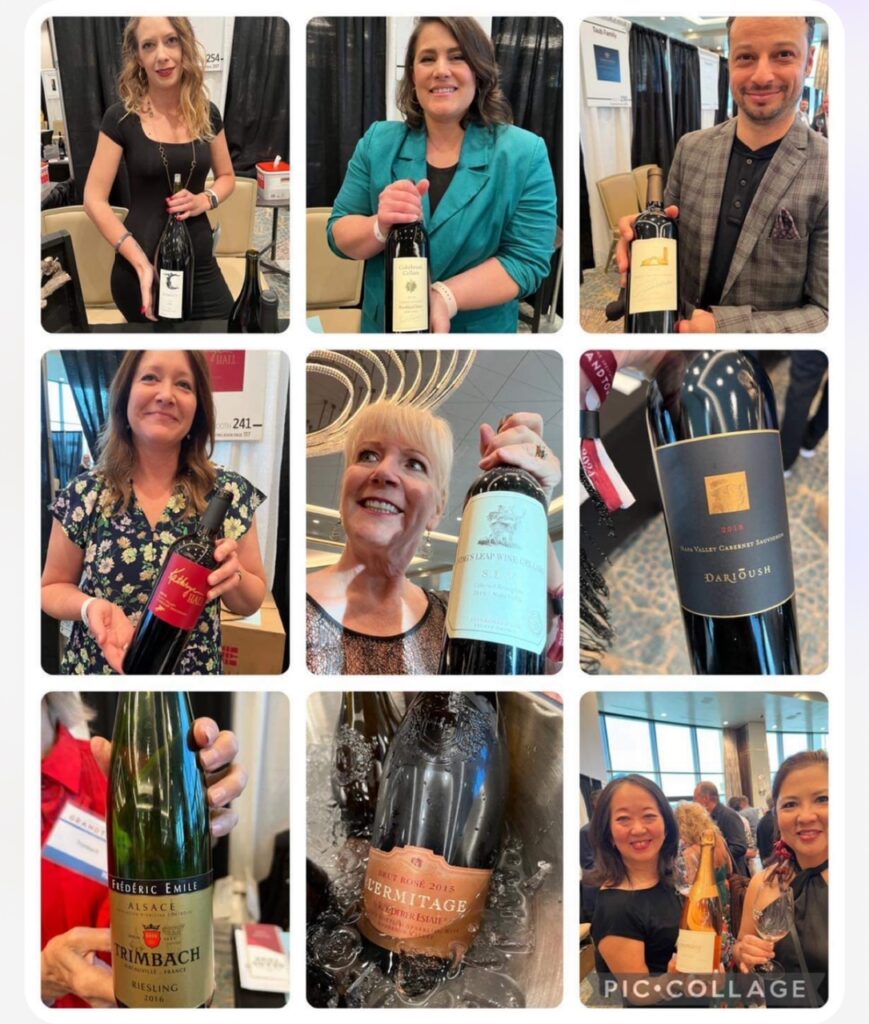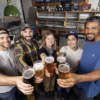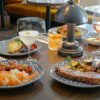Los Angeles Falling in Love with the Flavor from Mother / Daughter team behind Sonoma’s Dancing Wines
LA Wine Lovers Falling in Love with the Flavor from Mother / Daughter team behind Sonoma’s Dancing Wines in Dry Creek Valley, Sonoma County.
The team at Dancing Wines is developing a collection of sensory brands that celebrate life through taste, touch and aroma – inspiring you to find your inner dance and show the world what truly moves you.
Dancing Wines’ red wine trio includes Old Vine, Duo and Estate — three limited-release wines made from hand-picked grapes that showcase the full breadth of the Dancing estate.

Lauren Russell (L) and Cynthia Russell (R) from Dancing Wines Credit: https://instagram.com/DancingSonoma
Today’s conversation with the dynamic Mother / Daughter team Cynthia and Lauren Russell from Dancing Wines ha been edited for length and clarity.
For the full, un-edited conversation, visit our YouTube channel here.
Joe Winger: What is the most important message you’d like to share today?
Lauren Russell: I think one of them is dancing is art and art is life.
Another is love needs no explanation. I think really the thread between those is we’re trying to create a product and an experience that brings people together and invites them to find their inner dance, which is something we say a lot.
So we want to encourage people to find their unique rhythms. And wine is also really lovely because it is a vehicle that brings people together to enjoy a moment and diverse people together.
I think my Mom [Cynthia] can speak to this as well, but one of the things we thought about when first exploring wine was just how daunting the whole atmosphere is around the consumption of it and the buying and using all the right adjectives.
Especially for my generation I feel like there’s a bit of a learning curve. So I think one thing we really want people to take away from the brand is just like, just enjoy it. Love needs no explanation and you can’t drink wine when your mouth is full of adjectives. We’ve created a great wine just for you to be able to enjoy and to describe however you want and enjoy whenever you want.
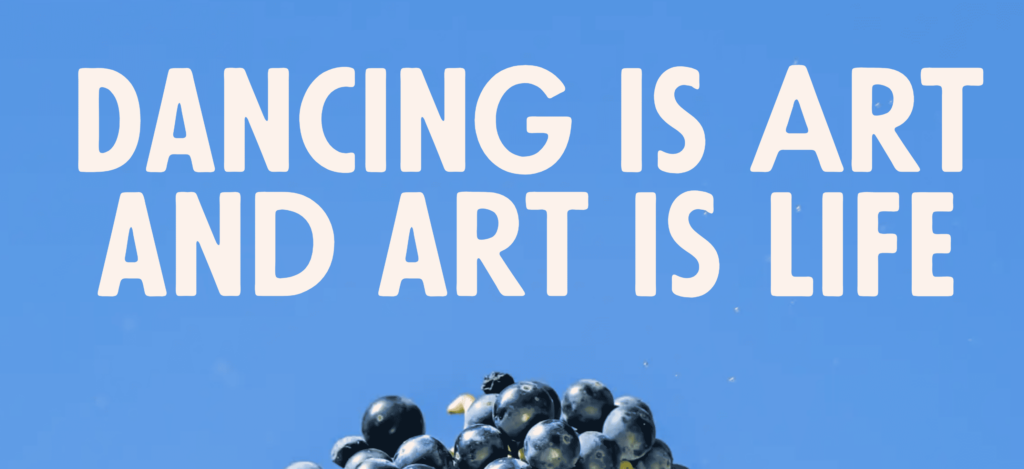
Source: WeAreDancing.com
Cynthia: Yeah, I think the measures we created we have a beautiful heritage property that the soil and the climate create this great wine. And me being of an older generation where wine was very intimidating, even though I know a lot about it.
And drinking it for a very long time. I’ve lived in France. I’ve lived in California. It’s still when you order in a restaurant, you’re scared. Do I know enough? I’m going to be embarrassed. Is this the right pairing? And what the good news is that wine making in the world has become so sophisticated that if you are buying wine from a place that is special, including all.
Sonoma or France or Italy, the wines are good, they’re really good and all you have to do is be comfortable with yourself and enjoying it. And so that’s what we’re trying to do is take a product that has thousands of years of history as being a part of our culture and make you comfortable with just having fun, enjoying it and celebrating what wine can do to bring people together.
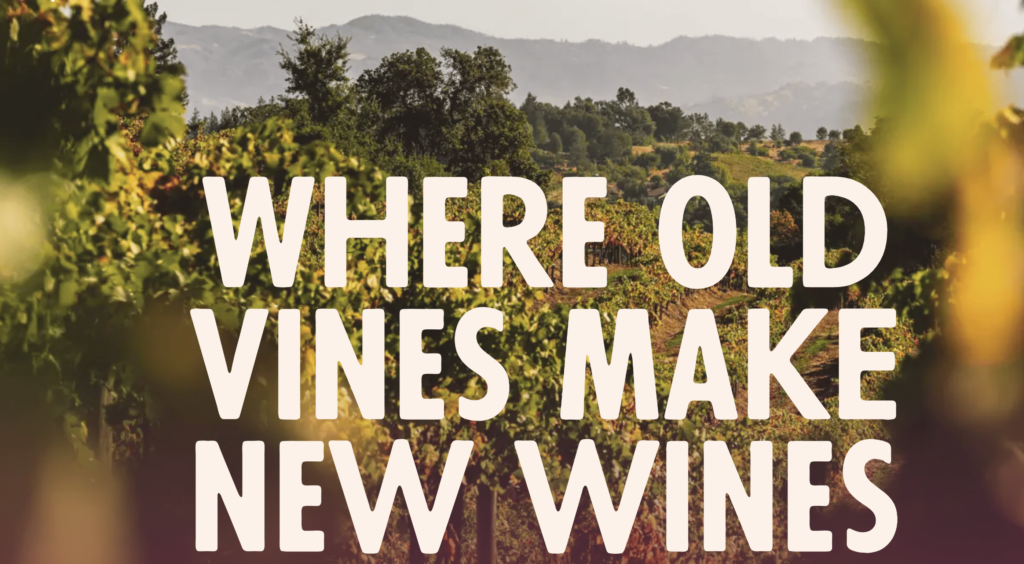
Source: WeAreDancing.com
Joe Winger: You have a really unique story that you restored a vineyard up in Dry Creek. Can you talk about experience and what you learned from the restoration?
Cynthia: We lucked out. It was a Covid purchase. We spent a lot of time as a family together in very small confined spaces drinking a lot of wine.
We [thought we] might end up needing a place where we have more outdoor space and can be together. So we bought this property more as a farm and then discovered that it was a unique part of the world.
Zinfandel grapes have been growing in this small region for over 150 years.
It was called America’s grape back in the time I think [the] 1850s. Okay, we have these vineyards. They’re really old.
There was one owner at this property for 60 years, an older Italian gentleman. And a lot of the area is multi generation, fourth generation Italian families who came over and cultivated this grape.
We never intended to make wine and yet we were scared to let this history and heritage die.
So we took classes and tried to figure out, can we make wine?
It’d be such a shame to let this history go in this special place.
We made a great discovery, which was that you don’t have to be an expert on wine. You just have to have great soil and a great climate.
Then we launched from there.

Source: WeAreDancing.com
Lauren: We’re always towing the line between the respective tradition and traditional winemaking and the land and all of the old vines and creating something new.
She [Mom, Cynthia] always brings a lens of respect for the older generation and ways of life and what wine has meant to her throughout her life.
I’m always pushing the other direction. We always land somewhere in the middle.
You’ll see that in the brands, it has really playful branding and packaging. But, our winemaking is a bit more traditional. We’re a sustainable vineyard but we have old vines and we respect what the land has to offer and what it’s been offering in that region for a long time.
It creates a better product and brand for us because we get to cater to both audiences.
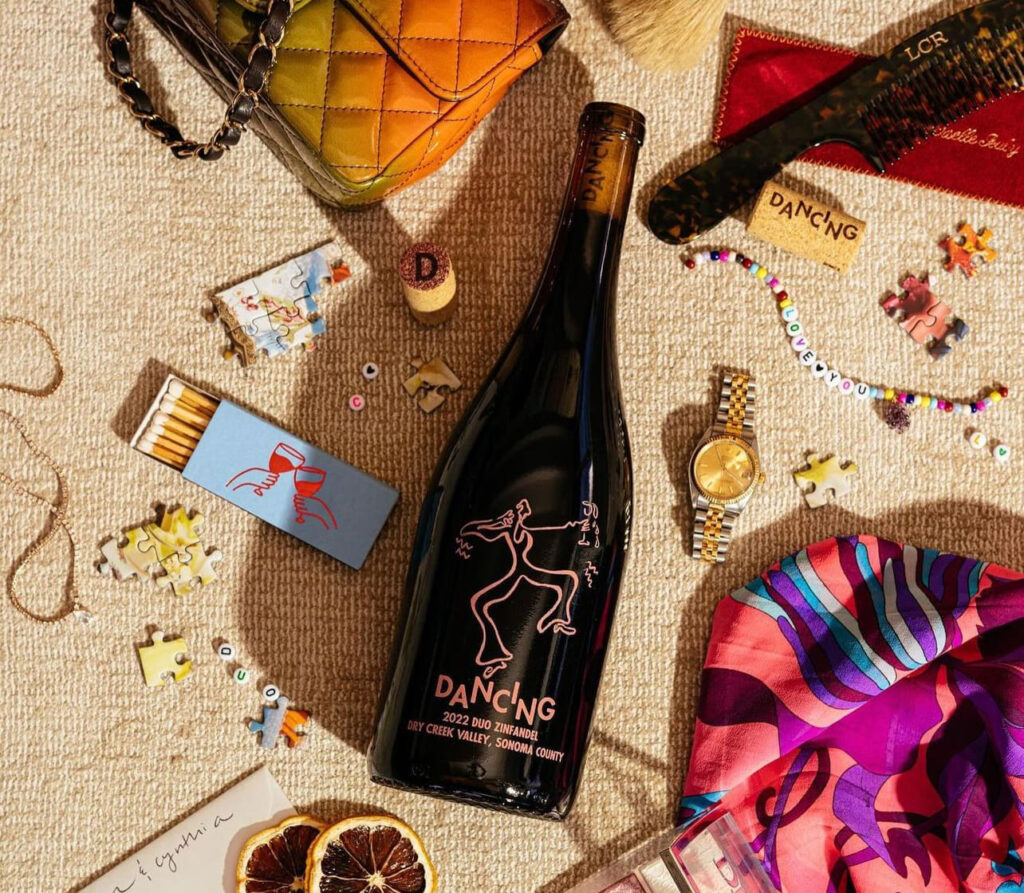
Credit: https://instagram.com/DancingSonoma
Joe Winger: You have a collection of sensory brands. Can you talk about what that collection is, what inspired the idea, and what we should be looking for?
Lauren: All of the products have been and will be inspired by the backdrop of the vineyard.
When we talk about wine, we talk about this kind of multi sensory experience, whether that’s aroma or where you’re having it, who you’re enjoying it with.
We came into wine knowing that it was going to be not just about taste or smell, but about the holistic experience of what wine could do for someone.
Sort of the thread between all of our products are taste, touch and smell. Again, like finding your inner dance and allowing you to express your personality.
We’re launching a trio of fragrances, which are loosely inspired by the terroir and the vineyard.
Cynthia: We have a fresh perspective on Sonoma. Every time we arrive, we have this nose full of these incredible senses:, the smell of moss, crushed grapes, barrel, fire and oak.
Yeah. So we’re like, wow. Every time we arrive, we’re like, wow, this is really cool.
This is so distinct and unique and just elevates your experience of being there.
We are going to bring more experiences to the brand when we can, like having an artist in residence, creating visually beautiful contributions.
We have an art collection there that inspired us to bring art to the brand. It’s largely from a diverse group of artists from the West Coast who are very colorful and young and also push boundaries. So our idea with the senses is like we’re trying to This is a brand that you enter into our world and you get to experience people and life in a way that’s very unique and bold and
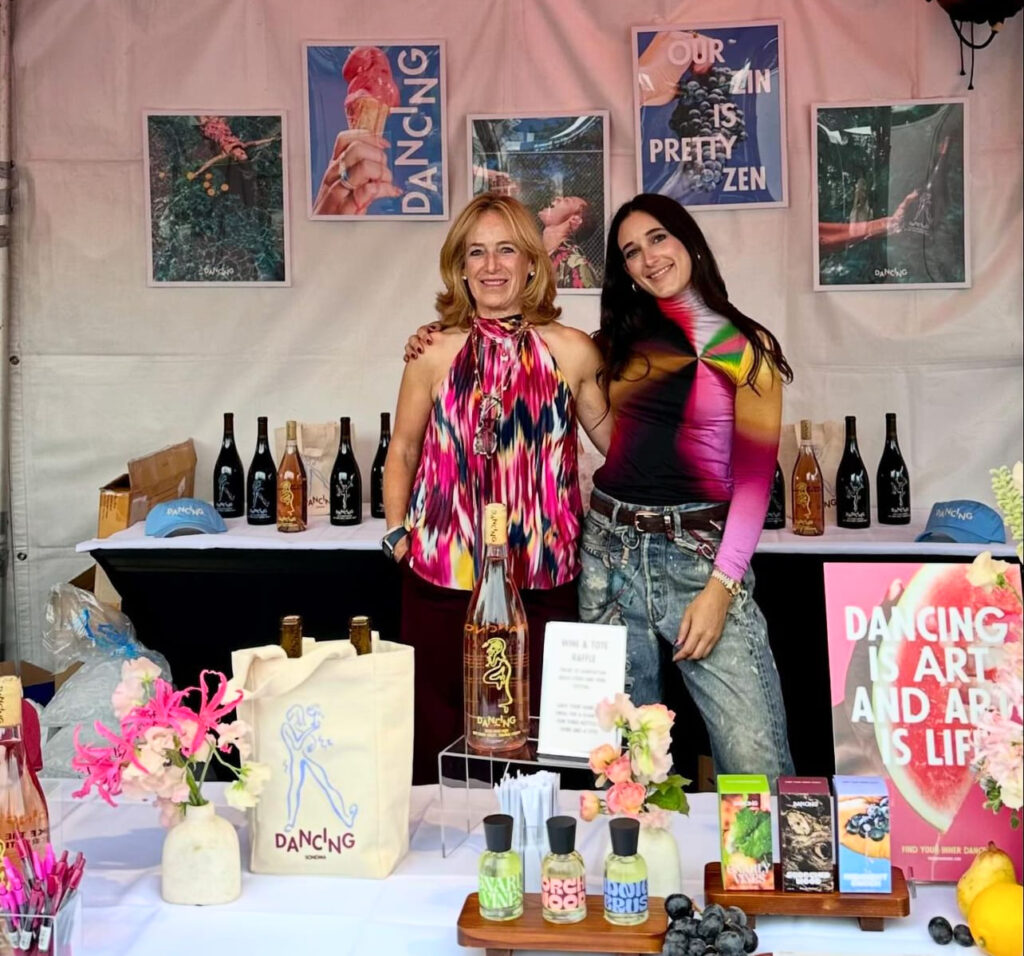
Credit: https://instagram.com/DancingSonoma
Joe Winger: What are both of your backgrounds outside of wine?
Lauren: I was raised in Connecticut and went to Dartmouth for undergrad, was a creative non-fiction writer, so always had that storytelling bent.
After school, I worked at a lot of businesses in marketing. Uber Eats, Refinery29, right before the pandemic, I worked for AB and Bev that was my first kind of foray into alcohol.
Then during COVID, I got my MBA at Columbia. We all got this massive reset of our priorities. I come from an entrepreneurial family. This opportunity arose
Cynthia: We’re a family who really believes in experiences. I have dabbled in many different areas. I went to Scripps college. I actually was a dance major until I was not. I became an international relations major. I lived in France for a while. Then moved to New York City and worked for JP Morgan trading stock, money market securities.
I didn’t find that was my passion, so I went to Harvard Business School and I got a master’s in business. Then I worked for American Express where I started a weekend travel program. It was a little startup within the travel segment of American Express. I got my “sea legs” of starting a business.
I quit that business because I had kids, then I started my own mail order company then I decided again, that maybe I needed a little more education.
I went back and got a doctorate at Columbia in organizational leadership.
I have a consulting firm on the side where I consult leaders and organizations about how to handle complex challenges in a complex world.
So my daughter [Lauren] gets through business school and we decide to marry all these wonderful experiences together and create something really new and unique.

Credit: https://instagram.com/DancingSonoma
Joe Winger: Let’s talk about your wines.
Lauren: We launched with our rosé which is really beautiful. It’s an intentional rosé. From our Primitivo grapes and we harvested them early and intentionally for rosé.
It has this really beautiful distinct, watermelon, almost Jolly Rancher aroma, and it’s really playful and full, but also dry. And it’s been a really big hit so that was a fun debut for us.
We just launched our trio of reds, and what makes them unique goes into the story about the restoration of the vineyard.
We’re still learning our land and learning from it.
We chose to harvest from different blocks and treat the wines in a similar fashion and bottle them separately to see what personalities they expressed.
One is the Old Vine Zinfandel, which is from our oldest head trained vines which is the deepest, moodiest, richest wine. It’s really lovely.
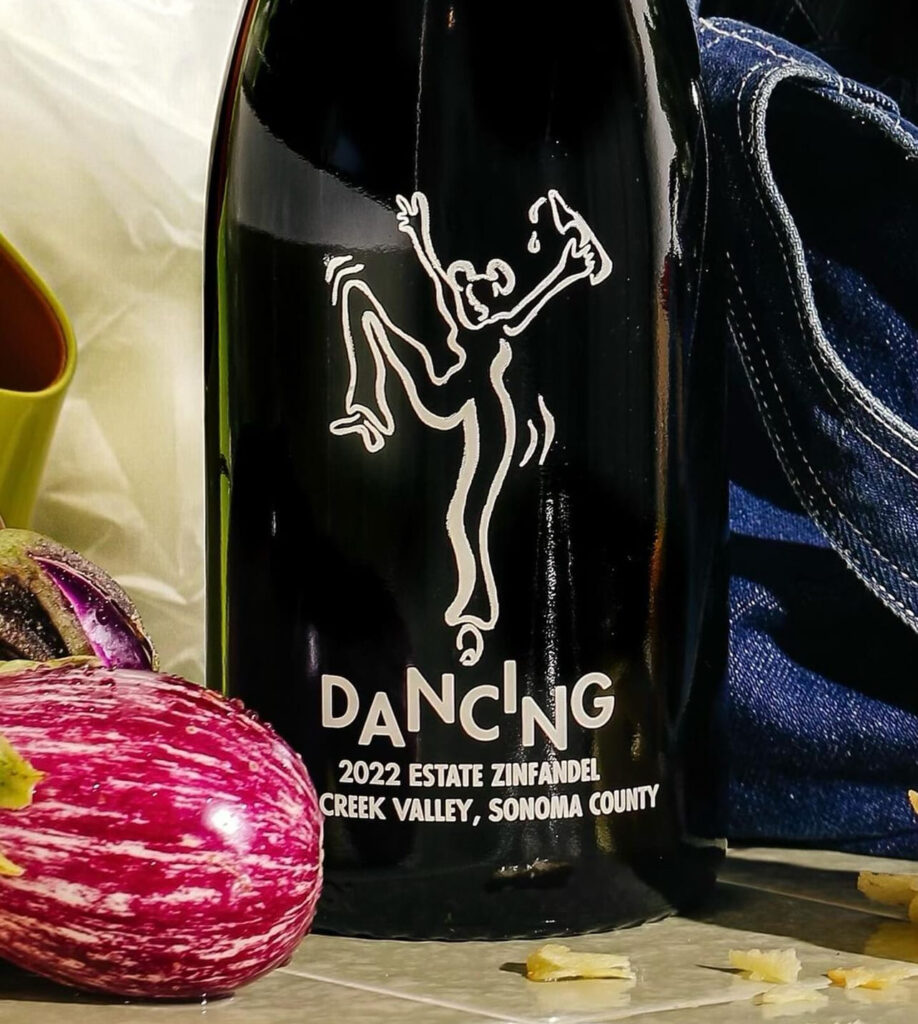
Credit: https://instagram.com/DancingSonoma
Then we have an estate wine, which is actually from Primitivo, a different word for Zinfandel. That one is a bit lighter.
Then we have a third, a duo which is a blend of both. And so it’s really helped us to understand. And they are quite different.
They’re obviously all Zinfandels in their expressions, but they’re all quite different.
People say Zinfandel is like a map of the land and I think that’s really true here. Which is super cool.
But we have two forthcoming sparkling wines because I think it really speaks to our ethos about being playful and to my generation.
Cynthia: It’s really fun for us because being on the East coast, Zinfandel is a really unknown varietal and we think it’s underrated. Californians know it’s been around for a long time. It has a lot of possibilities with food. And so what we’re trying to do is bring to light this really good wine and do it in a slightly different way.
We pick ours earlier, trying to have it be less jammy, juicy, heavy; lighter, less alcoholic than some of the more traditional Zinfandels that are on our street.
That’s really trying to address the changes consumer changes.
Our wines are chillable, super easy to eat with most any food, especially ethnic food, spicy food.
2022 was our first vintage. 2023 is already in barrels and we’ll be bottling that in probably in March. But it’s going to be a little different because the climate was different that year.
The rosé was just a fluke. Our winemaker wanted to try a Zinfandel rosé. Most people love it. It’s so distinct and unique.
Our 24 Rosé will come out in March. The reds will come out in the early summer. We’re going to bottle the sparkling in January, but that will be at least a year until you’ll see that. The pétillant naturel will probably be launching at about the same time as the rosé

Credit: https://instagram.com/DancingSonoma
Lauren: What’s fun about having both an early release sparkling and a [second, additional] later release [sparkling wine] one is going to be lighter, more effervescent, maybe geared towards the younger generation and the other will have that toastier champagne flavor.
Joe Winger: Do you have a favorite wine and food pairing?
Lauren: This one’s so hard. Rosé and oysters or any seafood is just awesome. Sparkling wine and a burger is one of my favorites.
In terms of red, when I think of Zinfandel, it’s Thanksgiving foods. It speaks to the hominess in our story. Bringing everyone around the table. Kind of experiential pairing.
Cynthia: Yeah, that resonates with me.
We have a lot of ethnic food, so it holds up really well to spice, to sweet and sour, salty and sweet. So it’s great with Indian food, Mexican food. Apples in your pork chops.
A burgundy is usually killed instantly by those kinds of flavors. It’s too fragile.
[Ours] is not fragile, but it still has so many nice aromas and flavors to enhance whatever you’re eating.
Lauren: It’s great with pizza. Pizza and a nice glass of Zinfandel

Source: WeAreDancing.com
Joe Winger: What’s something magical about Sonoma that you learned through this journey?
Lauren: True of both Zinfandel and Sonoma it always has this underdog energy to Napa. One of the hidden gems, we wake up really early and drive to the Redwood forest to watch the sun rise through the trees.
We eat a burrito because we have terrible burritos in New York.
There’s an amazing food community, 3 Michelin star restaurant, chefs, farm to table.
Cynthia: The distinct part of Sonoma is how important nature is to everyone there. It’s not just about wine. It’s incredible nature.
We both traveled a lot, lived in a lot of places. I’ve never seen such natural beauty in such a small area.
Lauren: That’s what the idea of our products is too. We have to bring people here in some way, differently than just having them taste the wine.
So as many dimensions as we can bring people into that realm to experience [00:29:00] that it’s like definitely the dream.
Joe Winger: Whether it’s social media, website, or other ways, what are the best ways for our audience to find and follow Dancing Wine?
Lauren: We have our website, which is wearedancing.com. We also are on Instagram, which is at DancingSonoma.
in Dry Creek Valley, Sonoma County.
The team at Dancing Wines is developing a collection of sensory brands that celebrate life through taste, touch and aroma – inspiring you to find your inner dance and show the world what truly moves you.
Dancing Wines’ red wine trio includes Old Vine, Duo and Estate — three limited-release wines made from hand-picked grapes that showcase the full breadth of the Dancing estate.

Lauren Russell (L) and Cynthia Russell (R) from Dancing Wines Credit: https://instagram.com/DancingSonoma
Today’s conversation with the dynamic Mother / Daughter team Cynthia and Lauren Russell from Dancing Wines ha been edited for length and clarity.
For the full, un-edited conversation, visit our YouTube channel here.
Joe Winger: What is the most important message you’d like to share today?
Lauren Russell: I think one of them is dancing is art and art is life.
Another is love needs no explanation. I think really the thread between those is we’re trying to create a product and an experience that brings people together and invites them to find their inner dance, which is something we say a lot.
So we want to encourage people to find their unique rhythms. And wine is also really lovely because it is a vehicle that brings people together to enjoy a moment and diverse people together.
I think my Mom [Cynthia] can speak to this as well, but one of the things we thought about when first exploring wine was just how daunting the whole atmosphere is around the consumption of it and the buying and using all the right adjectives.
Especially for my generation I feel like there’s a bit of a learning curve. So I think one thing we really want people to take away from the brand is just like, just enjoy it. Love needs no explanation and you can’t drink wine when your mouth is full of adjectives. We’ve created a great wine just for you to be able to enjoy and to describe however you want and enjoy whenever you want.

Source: WeAreDancing.com
Cynthia: Yeah, I think the measures we created we have a beautiful heritage property that the soil and the climate create this great wine. And me being of an older generation where wine was very intimidating, even though I know a lot about it.
And drinking it for a very long time. I’ve lived in France. I’ve lived in California. It’s still when you order in a restaurant, you’re scared. Do I know enough? I’m going to be embarrassed. Is this the right pairing? And what the good news is that wine making in the world has become so sophisticated that if you are buying wine from a place that is special, including all.
Sonoma or France or Italy, the wines are good, they’re really good and all you have to do is be comfortable with yourself and enjoying it. And so that’s what we’re trying to do is take a product that has thousands of years of history as being a part of our culture and make you comfortable with just having fun, enjoying it and celebrating what wine can do to bring people together.

Source: WeAreDancing.com
Joe Winger: You have a really unique story that you restored a vineyard up in Dry Creek. Can you talk about experience and what you learned from the restoration?
Cynthia: We lucked out. It was a Covid purchase. We spent a lot of time as a family together in very small confined spaces drinking a lot of wine.
We [thought we] might end up needing a place where we have more outdoor space and can be together. So we bought this property more as a farm and then discovered that it was a unique part of the world.
Zinfandel grapes have been growing in this small region for over 150 years.
It was called America’s grape back in the time I think [the] 1850s. Okay, we have these vineyards. They’re really old.
There was one owner at this property for 60 years, an older Italian gentleman. And a lot of the area is multi generation, fourth generation Italian families who came over and cultivated this grape.
We never intended to make wine and yet we were scared to let this history and heritage die.
So we took classes and tried to figure out, can we make wine?
It’d be such a shame to let this history go in this special place.
We made a great discovery, which was that you don’t have to be an expert on wine. You just have to have great soil and a great climate.
Then we launched from there.

Source: WeAreDancing.com
Lauren: We’re always towing the line between the respective tradition and traditional winemaking and the land and all of the old vines and creating something new.
She [Mom, Cynthia] always brings a lens of respect for the older generation and ways of life and what wine has meant to her throughout her life.
I’m always pushing the other direction. We always land somewhere in the middle.
You’ll see that in the brands, it has really playful branding and packaging. But, our winemaking is a bit more traditional. We’re a sustainable vineyard but we have old vines and we respect what the land has to offer and what it’s been offering in that region for a long time.
It creates a better product and brand for us because we get to cater to both audiences.

Credit: https://instagram.com/DancingSonoma
Joe Winger: You have a collection of sensory brands. Can you talk about what that collection is, what inspired the idea, and what we should be looking for?
Lauren: All of the products have been and will be inspired by the backdrop of the vineyard.
When we talk about wine, we talk about this kind of multi sensory experience, whether that’s aroma or where you’re having it, who you’re enjoying it with.
We came into wine knowing that it was going to be not just about taste or smell, but about the holistic experience of what wine could do for someone.
Sort of the thread between all of our products are taste, touch and smell. Again, like finding your inner dance and allowing you to express your personality.
We’re launching a trio of fragrances, which are loosely inspired by the terroir and the vineyard.
Cynthia: We have a fresh perspective on Sonoma. Every time we arrive, we have this nose full of these incredible senses:, the smell of moss, crushed grapes, barrel, fire and oak.
Yeah. So we’re like, wow. Every time we arrive, we’re like, wow, this is really cool.
This is so distinct and unique and just elevates your experience of being there.
We are going to bring more experiences to the brand when we can, like having an artist in residence, creating visually beautiful contributions.
We have an art collection there that inspired us to bring art to the brand. It’s largely from a diverse group of artists from the West Coast who are very colorful and young and also push boundaries. So our idea with the senses is like we’re trying to This is a brand that you enter into our world and you get to experience people and life in a way that’s very unique and bold and

Credit: https://instagram.com/DancingSonoma
Joe Winger: What are both of your backgrounds outside of wine?
Lauren: I was raised in Connecticut and went to Dartmouth for undergrad, was a creative non-fiction writer, so always had that storytelling bent.
After school, I worked at a lot of businesses in marketing. Uber Eats, Refinery29, right before the pandemic, I worked for AB and Bev that was my first kind of foray into alcohol.
Then during COVID, I got my MBA at Columbia. We all got this massive reset of our priorities. I come from an entrepreneurial family. This opportunity arose
Cynthia: We’re a family who really believes in experiences. I have dabbled in many different areas. I went to Scripps college. I actually was a dance major until I was not. I became an international relations major. I lived in France for a while. Then moved to New York City and worked for JP Morgan trading stock, money market securities.
I didn’t find that was my passion, so I went to Harvard Business School and I got a master’s in business. Then I worked for American Express where I started a weekend travel program. It was a little startup within the travel segment of American Express. I got my “sea legs” of starting a business.
I quit that business because I had kids, then I started my own mail order company then I decided again, that maybe I needed a little more education.
I went back and got a doctorate at Columbia in organizational leadership.
I have a consulting firm on the side where I consult leaders and organizations about how to handle complex challenges in a complex world.
So my daughter [Lauren] gets through business school and we decide to marry all these wonderful experiences together and create something really new and unique.

Credit: https://instagram.com/DancingSonoma
Joe Winger: Let’s talk about your wines.
Lauren: We launched with our rosé which is really beautiful. It’s an intentional rosé. From our Primitivo grapes and we harvested them early and intentionally for rosé.
It has this really beautiful distinct, watermelon, almost Jolly Rancher aroma, and it’s really playful and full, but also dry. And it’s been a really big hit so that was a fun debut for us.
We just launched our trio of reds, and what makes them unique goes into the story about the restoration of the vineyard.
We’re still learning our land and learning from it.
We chose to harvest from different blocks and treat the wines in a similar fashion and bottle them separately to see what personalities they expressed.
One is the Old Vine Zinfandel, which is from our oldest head trained vines which is the deepest, moodiest, richest wine. It’s really lovely.

Credit: https://instagram.com/DancingSonoma
Then we have an estate wine, which is actually from Primitivo, a different word for Zinfandel. That one is a bit lighter.
Then we have a third, a duo which is a blend of both. And so it’s really helped us to understand. And they are quite different.
They’re obviously all Zinfandels in their expressions, but they’re all quite different.
People say Zinfandel is like a map of the land and I think that’s really true here. Which is super cool.
But we have two forthcoming sparkling wines because I think it really speaks to our ethos about being playful and to my generation.
Cynthia: It’s really fun for us because being on the East coast, Zinfandel is a really unknown varietal and we think it’s underrated. Californians know it’s been around for a long time. It has a lot of possibilities with food. And so what we’re trying to do is bring to light this really good wine and do it in a slightly different way.
We pick ours earlier, trying to have it be less jammy, juicy, heavy; lighter, less alcoholic than some of the more traditional Zinfandels that are on our street.
That’s really trying to address the changes consumer changes.
Our wines are chillable, super easy to eat with most any food, especially ethnic food, spicy food.
2022 was our first vintage. 2023 is already in barrels and we’ll be bottling that in probably in March. But it’s going to be a little different because the climate was different that year.
The rosé was just a fluke. Our winemaker wanted to try a Zinfandel rosé. Most people love it. It’s so distinct and unique.
Our 24 Rosé will come out in March. The reds will come out in the early summer. We’re going to bottle the sparkling in January, but that will be at least a year until you’ll see that. The pétillant naturel will probably be launching at about the same time as the rosé

Credit: https://instagram.com/DancingSonoma
Lauren: What’s fun about having both an early release sparkling and a [second, additional] later release [sparkling wine] one is going to be lighter, more effervescent, maybe geared towards the younger generation and the other will have that toastier champagne flavor.
Joe Winger: Do you have a favorite wine and food pairing?
Lauren: This one’s so hard. Rosé and oysters or any seafood is just awesome. Sparkling wine and a burger is one of my favorites.
In terms of red, when I think of Zinfandel, it’s Thanksgiving foods. It speaks to the hominess in our story. Bringing everyone around the table. Kind of experiential pairing.
Cynthia: Yeah, that resonates with me.
We have a lot of ethnic food, so it holds up really well to spice, to sweet and sour, salty and sweet. So it’s great with Indian food, Mexican food. Apples in your pork chops.
A burgundy is usually killed instantly by those kinds of flavors. It’s too fragile.
[Ours] is not fragile, but it still has so many nice aromas and flavors to enhance whatever you’re eating.
Lauren: It’s great with pizza. Pizza and a nice glass of Zinfandel

Source: WeAreDancing.com
Joe Winger: What’s something magical about Sonoma that you learned through this journey?
Lauren: True of both Zinfandel and Sonoma it always has this underdog energy to Napa. One of the hidden gems, we wake up really early and drive to the Redwood forest to watch the sun rise through the trees.
We eat a burrito because we have terrible burritos in New York.
There’s an amazing food community, 3 Michelin star restaurant, chefs, farm to table.
Cynthia: The distinct part of Sonoma is how important nature is to everyone there. It’s not just about wine. It’s incredible nature.
We both traveled a lot, lived in a lot of places. I’ve never seen such natural beauty in such a small area.
Lauren: That’s what the idea of our products is too. We have to bring people here in some way, differently than just having them taste the wine.
So as many dimensions as we can bring people into that realm to experience [00:29:00] that it’s like definitely the dream.
Joe Winger: Whether it’s social media, website, or other ways, what are the best ways for our audience to find and follow Dancing Wine?
Lauren: We have our website, which is wearedancing.com. We also are on Instagram, which is at DancingSonoma.
